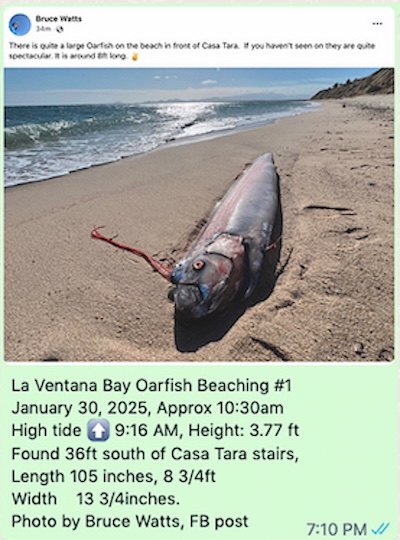¡Buenos dias! Satellite passes last evening measured northwest winds of around 5 knots over the southern Sea of Cortez, and model forecasts show the surface pressure gradient remaining very weak today with light background flow and only light onshore breezes expected. The overall weather picture for the next week remains on track, with Pacific high pressure forecast to begin building into the Baja Peninsula on Tuesday. The axis of the surface high will likely be just south of us on Tuesday, with a significant west component to the background flow. Model forecasts are in good agreement that the E-W oriented ridge of high pressure will move northward a bit on Wednesday, and this should help turn the background flow to a more northerly direction here. Similar conditions are forecast to continue Thursday and Friday, with sufficient north background flow and ample sunshine to help jump start our local wind machine. Long-range model forecasts indicate that surface high pressure will build into the western U.S. and give us an added boost of north flow on Saturday, with solid north flow and ample sunshine continuing through next weekend.
- Today…Mostly sunny. East wind 8-10 mph.
- Tuesday…Partly sunny. Northwest wind 8-10 mph.
- Wednesday…Sunny. North wind 16-18 mph.
- Thursday…Sunny. North wind 16-18 mph.
- Friday…Sunny. North wind 16-18 mph.
- Saturday…Sunny. North wind 18-22 mph.
- Sunday…Mostly sunny. North wind 18-22 mph.


